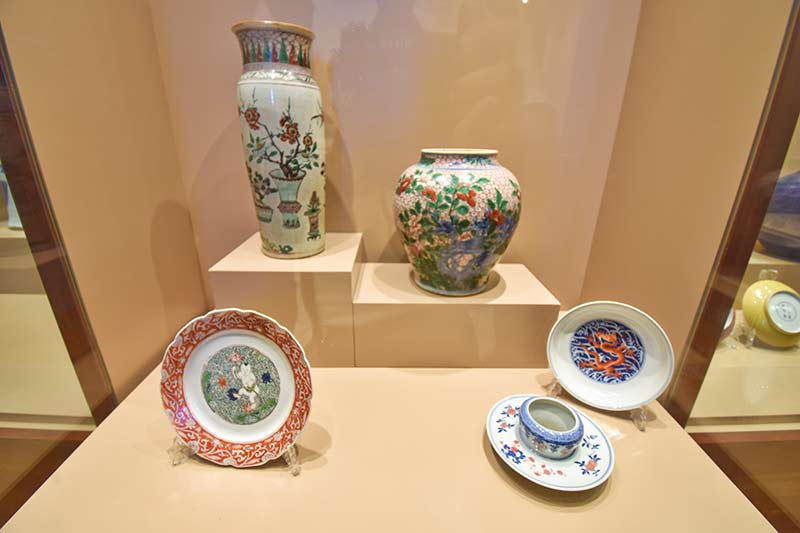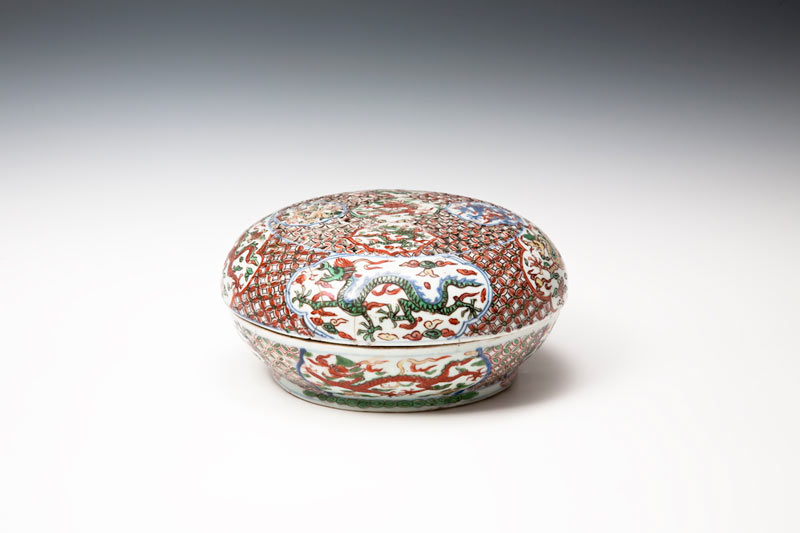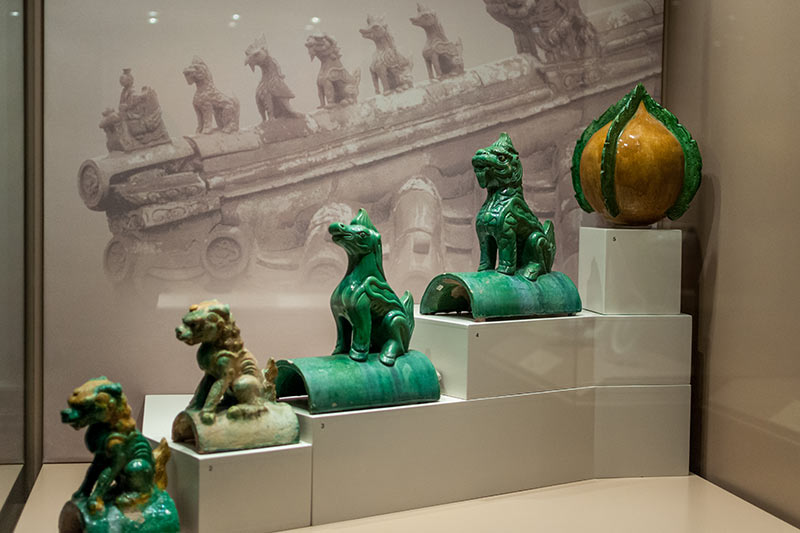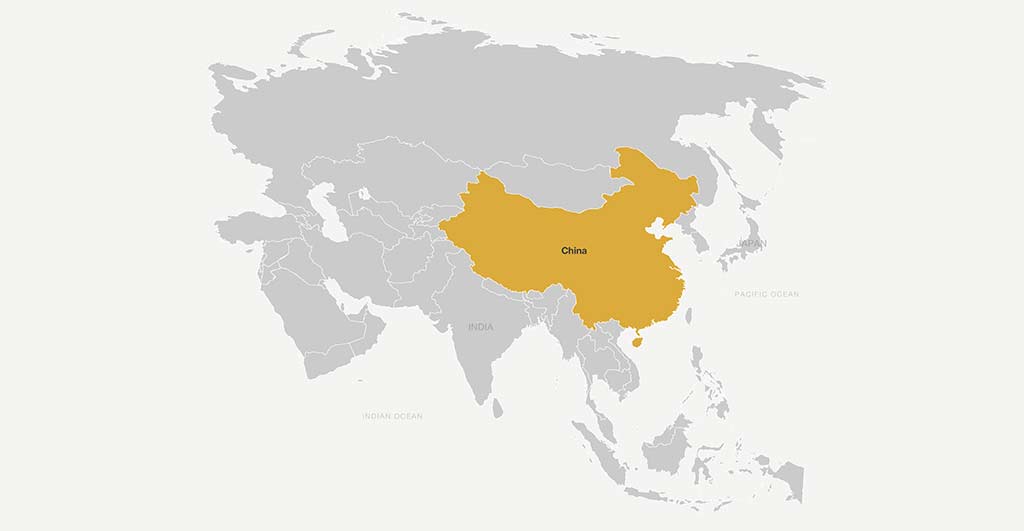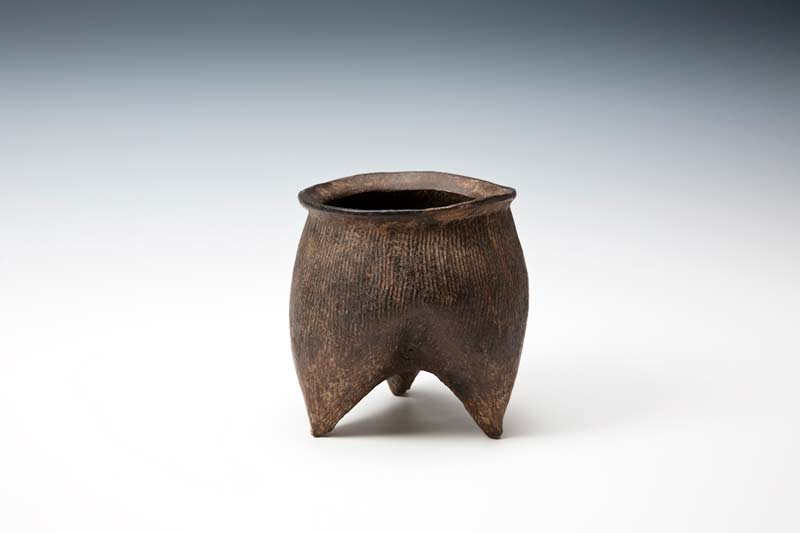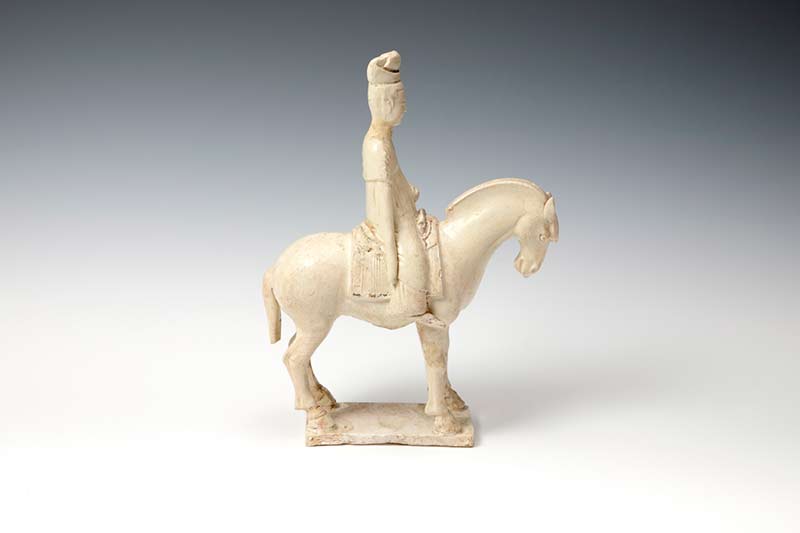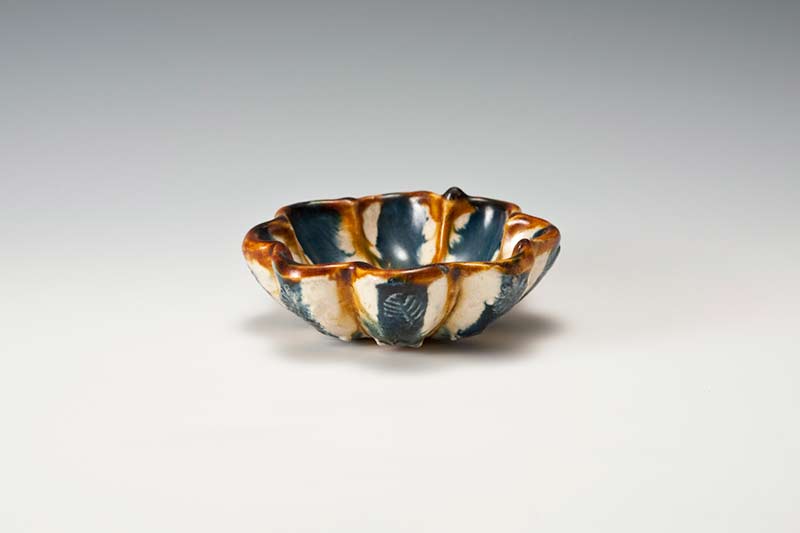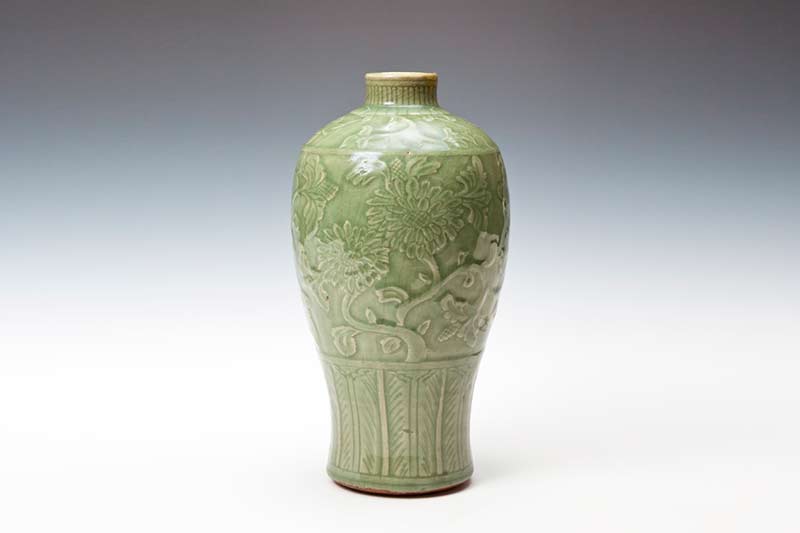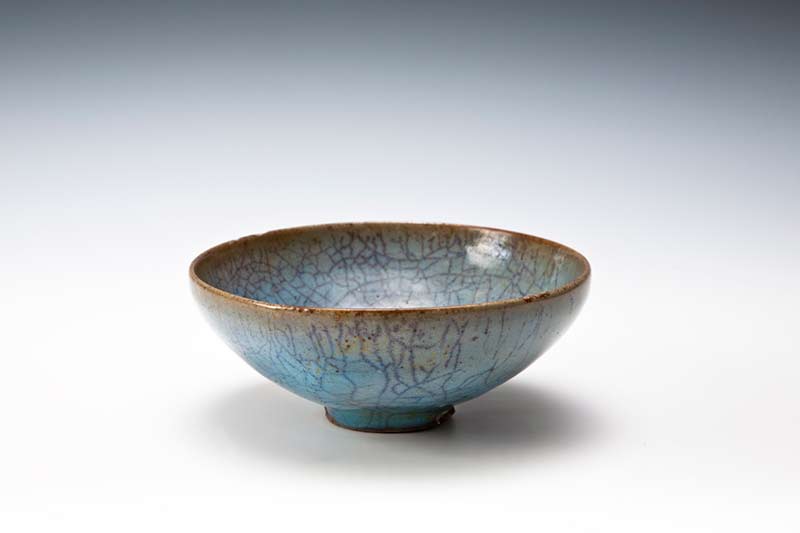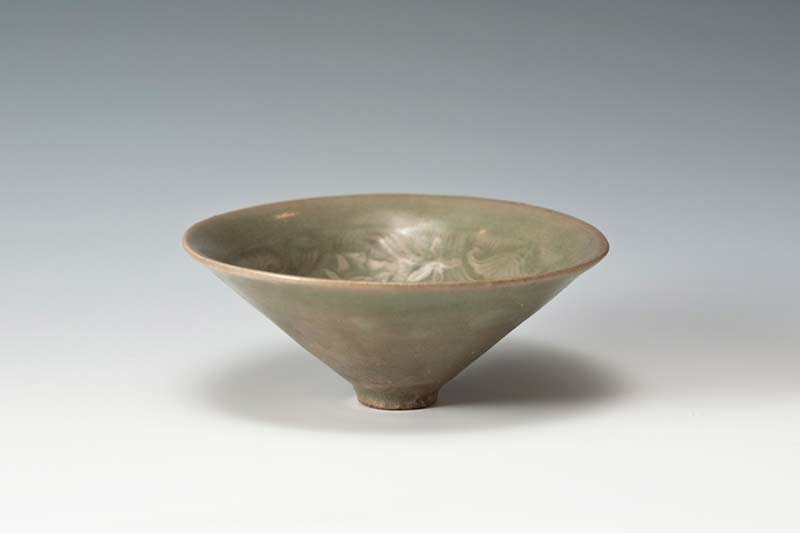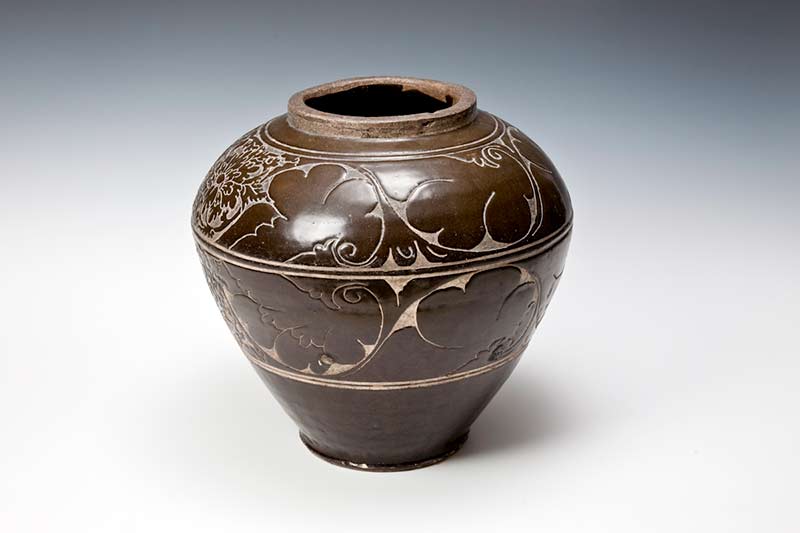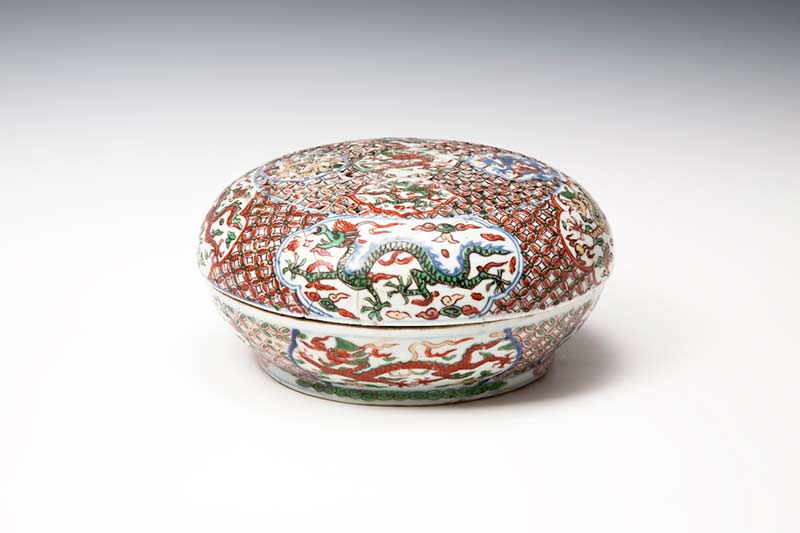The Museum of Asian Art Chinese collection includes about 3,500 items. Most items come from the collection of Gregoris Manos, while the Chinese porcelain is taken from the Christos Chiotakis collection.
These exhibits include pieces of pottery, porcelain, brass works of art, sculpture, cloisonné, lacquer objects, ivory, miniatures, clothing, jewellery and coins. A selection of the museum’s Chinese collection is exhibited in the east wing of the first floor.


